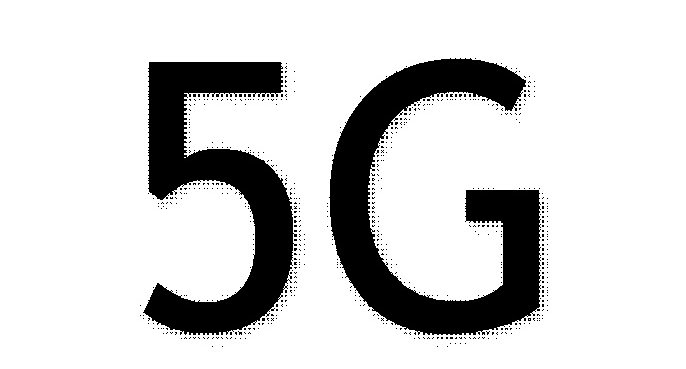What is 5G?
In India, everything began with 2G, when in 1995 the main cell licenses were issued. At that point in 2010, India unloaded 3G range in 2100 MHz band. At that point as of late, the administrators began taking off 4G in the 2G range. The 4G systems are yet to settle, yet we are presently examining 5G. This easygoing utilization of innovation languages makes the layman befuddled. Numerous inquiries strike a chord. For example, what does this progress mean for him? This note is an endeavor to answer this inquiry - as just as could be expected under the circumstances.
Administration Flexibility
"Administration adaptability" relies on the thickness of the pipe (created by the innovation) - used to interface the supporter of the base station. The thicker the pipe, increasingly the adaptability in offering administrations. The pipe empowered by 2G is the most slender. Henceforth, 2G is constrained to voices benefits just, and any information running on it is only an idea in retrospect. 3G, then again, thickens this pipe - empowering the administrators to offer information administrations. With a specific end goal to do as such, 3G totals a lot of range (5 MHz versus 0.2 MHz of 2G). 4G expands the thickness of the pipe further. Thus, it totals 2 to 3 times range contrasted with that of 3G. 5G extends the pipe significantly. To help that it needs a considerably more extensive range lumps. Such bigger squares of range can be discovered just in higher recurrence groups. Consequently, for 5G to work ideally, range in 28 GHz or higher should be cleared and allocated. In the event that we contrast this and 2G groups, it is 30 to 40 times higher.
Administration Reachability
With a specific end goal to avert scope gaps, it is vital that thickness of base stations is adequately high for the radio signs to spread into all topographies including inside. Tragically, as we move in the recurrence groups the reachability of the radio waves exponentially diminishes - requiring an extensive number of base stations (locales) so as to guarantee pervasive scope. This is awful news for 5G, it works in the higher recurrence groups to guarantee more extensive information funnels. Consequently, independent 5G systems will require an excessively huge number of destinations to reflect the scope of the current innovations (2G,3G and 4G). This will be greatly hard to accomplish, and consequently an independent 5G can't be worked for all intents and purposes. It will require the help of the current innovations (running on bring down range groups) to guarantee the reachability of fundamental administrations like voice. 5G systems will piggyback on 4G (like a wedding cake) and will cover just those zones where such speeds are advocated and can be offered ideally.
Administration Deliverability
"Administration deliverability" of an innovation relies on its capacity to use the recurrence band to improve the thickness of the information pipe. There is a physical breaking point to the most extreme information that can stream in the pipe of a specific thickness. This is known as the "Shannon Limit". This farthest point can be overwhelmed by making numerous channels running parallel to each other in a similar shut of range isolated out in the spatial measurement. For that, we require numerous transmitting and accepting recieving wires both in the handhelds and the base stations. The span of these recieving wires increments at the lower frequencies, as it is straightforwardly relative to the wavelength of the radio wave utilized for conveying data. Henceforth, at bring down frequencies, this method (called MIMO - Multiple Input Multiple Output) is hard to execute (it builds the measure of the handhelds and the base stations). Then again, 5G (working is higher frequencies) can use this effortlessly. Utilizing this method 5G can influence the information to pipe considerably thicker contrasted with traditional advances running at bring down recurrence groups. 4G likewise can use this procedure (MIMO) if it utilizes higher recurrence groups. That is the motivation behind why 5G can't use its maximum capacity on the off chance that it is compelled to work in the lower range groups.
Thus, 5G won't disassemble in the current innovations (particularly 4G). It will keep running over it, and in target territories where the requirement for information speeds is amazingly high. 4G will keep on serving the purchaser's essential voice and information needs, as it is conveyed in the lower recurrence groups which have much preferable scope abilities over those at the higher frequencies.
